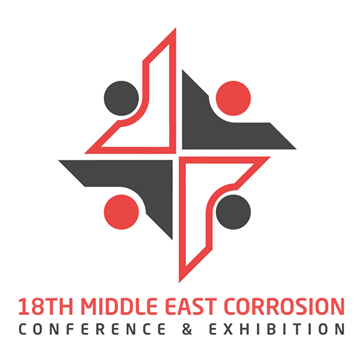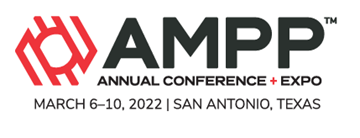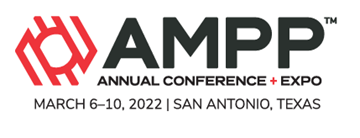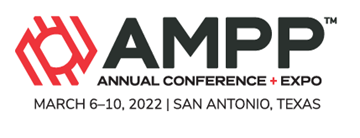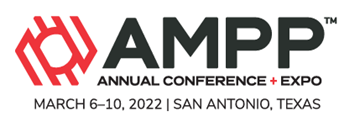Search
Online Conference Paper
View as
Sort by
Display
per page
Evaluation of Microbial Corrosion Implications in Flooded Pipe Strings
Product Number:
MECC23-20068-SG
Publication Date:
2023
$20.00
Evaluation Of Pitting Penetration Associated With Steel Exterior Of Hanford Tanks
Product Number:
51322-18002-SG
Publication Date:
2022
$20.00
Evaluation of Processing Parameters in Friction Welding by Typical Lathe Machine
Product Number:
MPWT19-15026
$0.00
Evaluation Of Reactive Sulfur For Improved Corrosion Predictions In Oil Refineries
Product Number:
51322-18039-SG
Publication Date:
2022
$20.00
Evaluation Of Relative Humidity Dependence For Volatile Corrosion Inhibitor Desorption
Product Number:
51322-17497-SG
Publication Date:
2022
$20.00
Evaluation Of Scale Deposition And Inhibition Using A Pilot-Scale Test System
Product Number:
51322-17826-SG
Publication Date:
2022
$20.00
Evaluation Of SCC Susceptibility Of Steels Used In Nuclear Waste Storage Tanks In Caustic Simulants
Product Number:
51321-17012-SG
Publication Date:
2021
$20.00
Evaluation of Seawater Treatments to Mitigate the Corrosion Rate of Carbon Steels and CRAs Rigid Pipeline During Pre-Commissioning Operations and Long-Term Wet Storage
Product Number:
51324-21050-SG
Publication Date:
2024
$40.00
Evaluation Of Specific Energy Absorption Rate In Aged EPR-Insulated Cables Using Finite Element Analysis
Product Number:
ED22-17312-SG
Publication Date:
2022
$20.00
Evaluation of Stray Current Interference of Thermally Insulated Pipelines in Real Soil Environments
Product Number:
51323-19229-SG
Publication Date:
2023
$20.00
Evaluation of Susceptibility of 316L to Stress Corrosion Cracking in Aqueous Ammonium Chloride Environments with Low Dissolved Oxygen
Product Number:
51324-20875-SG
Publication Date:
2024
$40.00
Evaluation of Susceptibility of an API 5L X-52 Pipeline Steel to Hydrogen Stress Cracking and Ethanol Stress Corrosion Cracking in Bio-Based Fuel Grade Ethanol Feedstocks
Product Number:
51323-18794-SG
Publication Date:
2023
$20.00

